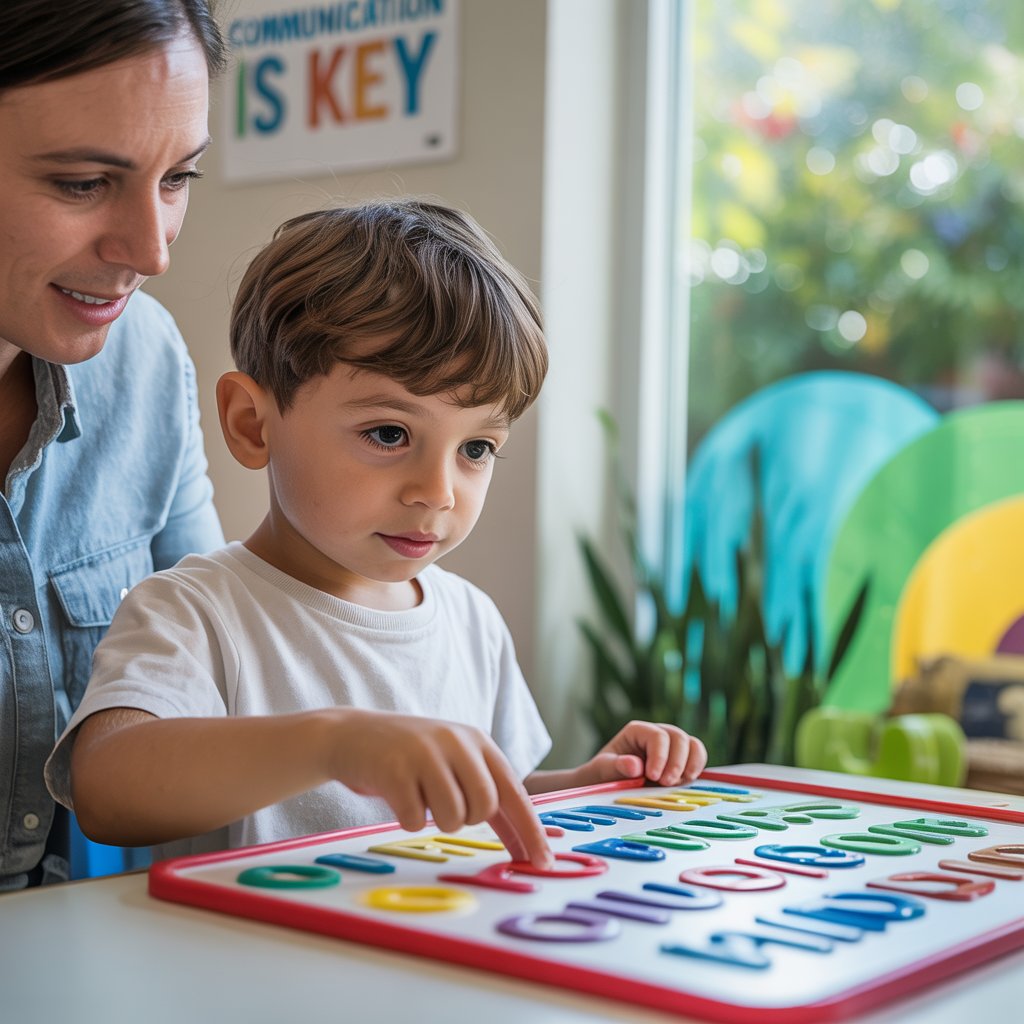Understanding Mild Autism: Key Characteristics and Diagnosis

Ever wondered why your mild autism diagnosis feels like being handed a map with no street names? You're not alone. 75% of parents report feeling overwhelmed by treatment options in those first few months.
I've spent 15 years guiding families through mild autism treatment approaches that actually work—without the clinical jargon or false promises.
The truth is, mild autism treatment isn't one-size-fits-all. What transformed communication for my son might look completely different for your daughter. And that's exactly the point.
But here's what nobody tells you about early intervention success rates when you combine the right approaches for your specific situation.
Recognizing the signs of mild autism in children and adults
Spotting mild autism isn't always straightforward. The signs can be subtle and often fly under the radar, especially when someone has developed coping strategies.
In children, you might notice:
- Social awkwardness that goes beyond typical shyness
- Strong preferences for routines and predictability
- Intense focus on specific interests (like knowing everything about trains or dinosaurs)
- Difficulty reading facial expressions or tone of voice
- Sensory sensitivities—maybe they can't stand certain clothing textures or get overwhelmed in noisy places
For adults, the signs might include:
- Trouble maintaining back-and-forth conversations
- Finding it hard to make or keep friends despite wanting connections
- Needing extra time to process social information
- Becoming exhausted after social interactions
- Developing specific routines that feel necessary
Many adults discover their autism later in life after years of feeling "different" without knowing why.
How mild autism differs from other autism spectrum disorders
Autism exists on a spectrum, but the differences between mild autism and other forms aren't just about severity.
People with mild autism (sometimes called Level 1 ASD) typically:
- Speak fluently and have good vocabulary
- Hold jobs and live independently
- Need minimal support for daily activities
- Have specific challenges rather than global delays
The main difference? The amount of support needed. Someone with mild autism might struggle with unexpected changes or social subtleties but function well with minimal accommodations. Those with more significant autism often need substantial daily support.
Many people with mild autism develop such effective masking strategies that their challenges remain invisible to others—which can be exhausting for them.

The diagnostic process: what to expect and how to prepare
Getting diagnosed involves several steps and usually multiple professionals. Here's what typically happens:
- Initial screening with a healthcare provider
- Referral to specialists (psychologists, developmental pediatricians, etc.)
- Comprehensive evaluation including:
- Detailed developmental history
- Observation in different settings
- Standardized assessments
- Interviews with family members when possible
Preparing for evaluation? Bring concrete examples of behaviors you've noticed. Think about patterns across different environments and situations. For parents, videos of your child in various settings can be incredibly helpful.
The process can take several months and multiple appointments. Some adults wait years for assessment due to limited resources for adult diagnosis.
Recent advancements in autism assessment tools
The field of autism assessment has evolved dramatically in recent years. Gone are the days when autism was only identified in its most obvious presentations.
New assessment tools have made diagnosis more accurate, especially for those with milder presentations:
- ADOS-2 (Autism Diagnostic Observation Schedule, Second Edition) now includes modules specifically designed for verbally fluent individuals
- Mobile apps that track developmental milestones help identify subtle delays earlier
- Virtual reality assessments create standardized social scenarios to evaluate responses
- Telehealth screenings improve access for remote communities
Researchers are also developing AI-powered tools that analyze speech patterns and eye movements—potentially identifying autism markers that human observers might miss.
These advancements mean many people who would have gone undiagnosed even a decade ago now have access to understanding and support tailored to their specific needs.







